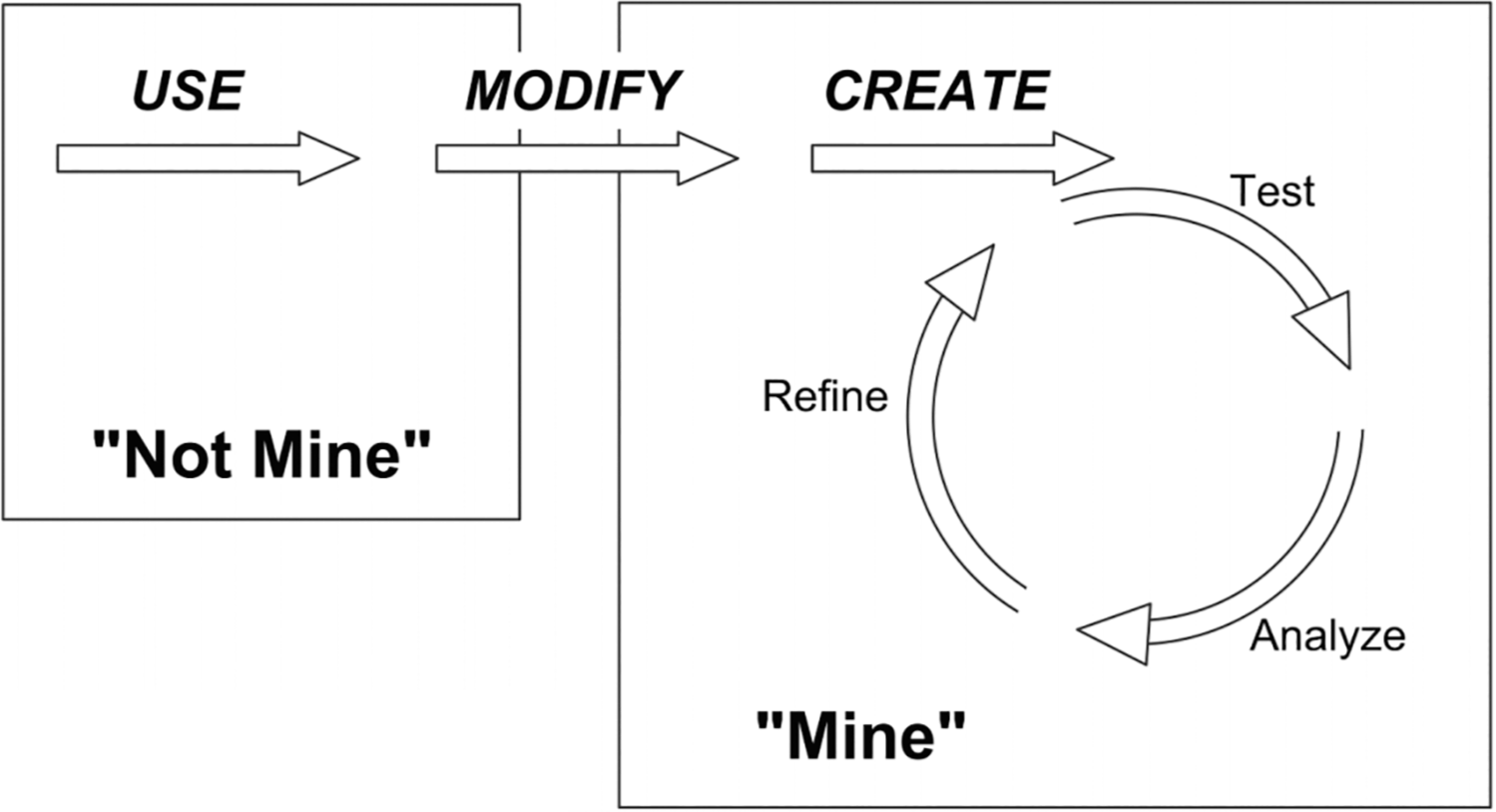CHAPTER
13
What You Can Do to Support CS for All
It is essential that we bring computer science to all students! Computers and artificial intelligence have brought content to our fingertips. With so much content readily accessible, learning is not about the content, but rather what we can problem-solve and use the content for. Thus, computer science becomes the glue that gives adhesion to all the other siloed subject areas.
Reducing the complexity of a problem through the use of computational thinking helps build the capacity to solve problems as well as increases students’ automaticity (fluency). It is through computational thinking and computer science that we will prepare students to hold the jobs of the future, that do not yet exist. As an educator, there are three simple steps that can help bring these skills to your classroom and make them accessible for all students.
SUPPORT CSFORALL Consider signing CSforALL’s district and/or teacher pledge to support CS for all students. Learn more at bit.ly/38dkMH6. |
|
1. Baby Steps
It is okay to remix! As educators, we need to give ourselves permission to build from the work of others. The philosophy behind the “Use − Modify − Create” framework shown in figure 13.1 is that it is okay to ease into topics of computational thinking and computer science by first using a lesson that someone else has created and adapting it to fit the context of the subject and grade level you are teaching. By modifying an existing lesson, educators will build the confidence they need to eventually create their own.

Figure 13.1. Use-Modify-Create learning progression. Source: users.soe.ucsc.edu/~linda/pubs/ACMInroads.pdf.
2. Be a “Meddler” in the Middle
We have likely all heard the saying “Don’t be the sage on the stage, but the guide on the side.” When it comes to coding and physical computing, get in there and play with your students. If you wait until you feel totally confident, you will continue to make excuses for why you can’t actualize CSforALL. Technology is changing at such a rapid pace that no one can possibly know everything about any given robotic device or coding platform. Just jump in—learn with and from your students. There is nothing more empowering for a student than when a teacher asks, “Has anyone figured how to make our robot do x, y, z?” It gives the shy, quiet student a chance to jump up and say, “I got it! Let me show you, Mr. A.”
3. Instill a Sense of Wonder: PLAY
A sense of wonder and learning through play are crucial for students to gain confidence and a sense of ownership or investment in their learning. Encourage questions like:
“I wonder what would happen if we try to make our robot go too fast?”
“I wonder why the robot didn’t go where we thought it would go?”
“What do you wonder?”
“What could we create?”
“What could we design?”
These kinds of questions can only be answered if we allow our children and ourselves to play! Administrators have to support this kind of wonder and play in the classroom. All of us should be allowed to find our passions and apply our knowledge in a way that allows for creating new solutions to real-world problems.
